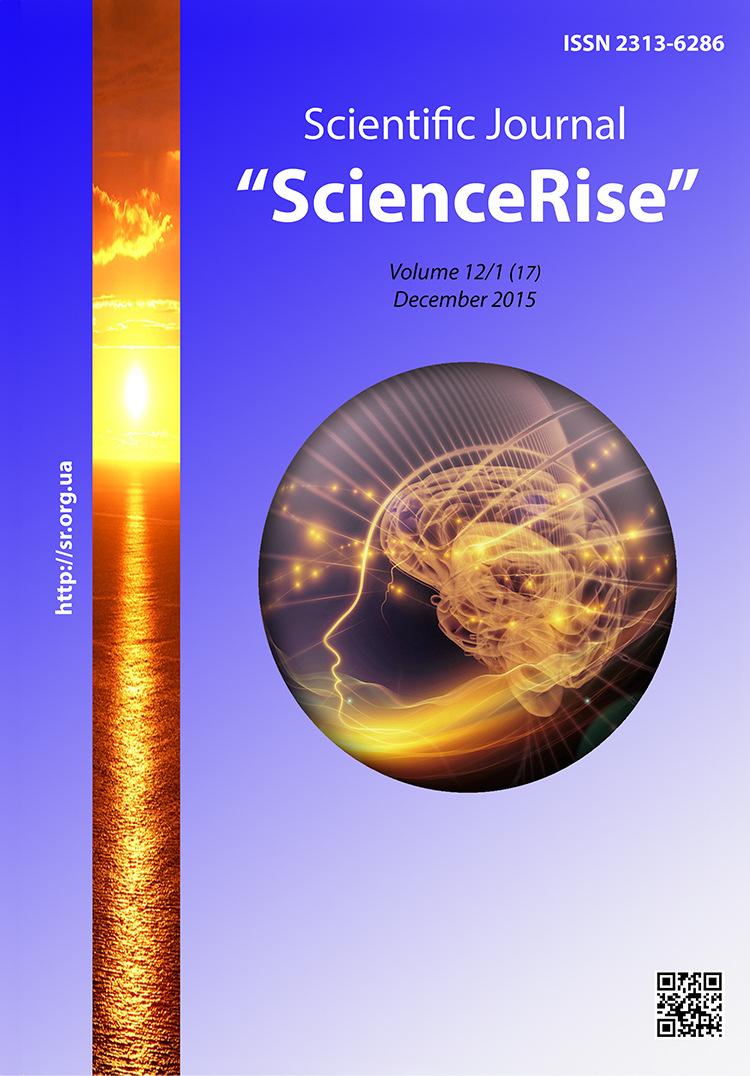Panoramic thinking like an active instrument in the formation of new social cultural conceptions
DOI:
https://doi.org/10.15587/2313-8416.2015.53895Keywords:
thinking, panoramic thinking, panoramic view, society, social consciousness, collective unconsciousnessAbstract
The article is devoted to research of the “panoramic thinking” phenomenon in the context of ground of socially-philosophical bases of its functioning, and also its influence on public consciousness and social processes in society and to investigate the using of panoramic thinking as an instrument of the formation of new social-cultural conceptions. Also, comparative analysis of panoramic thinking with other types of thinking is presented
References
Borinshtein, E. R. (2006) Osoblivosti sotsiokulturnoyi transformatsiyi suchasnogo ukrayinskogo suspilstva [Features of social cultural transformation of modern Ukrainian society]. Odessa, Ukraine: “Astroprint”, 400.
Great soviet encyclopedia. Available at: http://bse.slovaronline.com
Tratcyakov, Y. Panoramic thought as term Available at: http://www.proza.ru
Tratcyakov, Y. Criminal diagnosis: narrow-mindedness. Available at: http://inteltech.iatp.by/ped_draft.html
Cherkacova, I. I. (2010). Stanovlenie panoramno-pedagogicheskogo mishlensya snudentov [Becoming of panoramically-pedagogical thought of students]. Tobolsk: ТGSPА called after D.I. Mendeleev, 215.
Kavalerov, A. A., Borinshtein, E. R. (2001). Lichnost: eyo yazirovie tsennostnie orientatsii [Personality: its linguistic valued orientations]. Odessa, Ukraine: “Astroprint”, 168.
Ung, K. G. (2003). Simvolicheskaiya jizn [Symbolic life]. Moscow, Russia: “Kogito-Tcentr”, 326.
Downloads
Published
Issue
Section
License
Copyright (c) 2015 Александр Владимирович Тимохов

This work is licensed under a Creative Commons Attribution 4.0 International License.
Our journal abides by the Creative Commons CC BY copyright rights and permissions for open access journals.
Authors, who are published in this journal, agree to the following conditions:
1. The authors reserve the right to authorship of the work and pass the first publication right of this work to the journal under the terms of a Creative Commons CC BY, which allows others to freely distribute the published research with the obligatory reference to the authors of the original work and the first publication of the work in this journal.
2. The authors have the right to conclude separate supplement agreements that relate to non-exclusive work distribution in the form in which it has been published by the journal (for example, to upload the work to the online storage of the journal or publish it as part of a monograph), provided that the reference to the first publication of the work in this journal is included.

